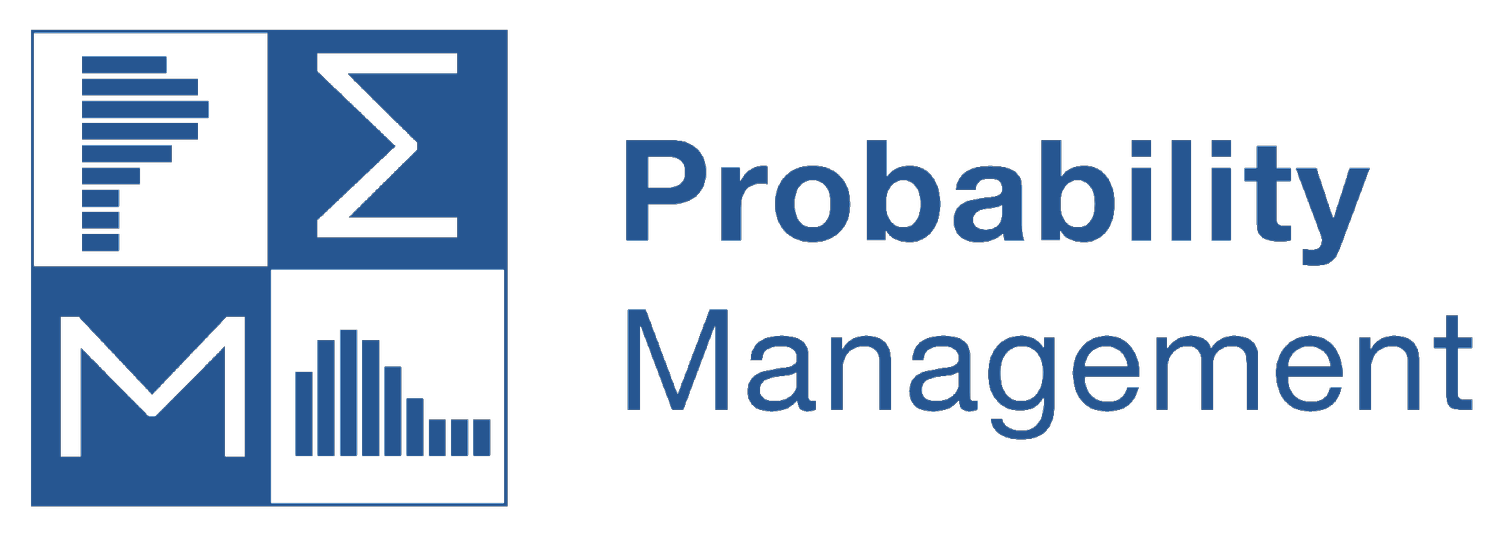““War provides information. You learn things on the battlefield that you cannot learn in any other way.”
”
Information Value Theory was invented by Stanford’s Professor Ronald Howard in 1966 and has been widely applied and popularized by decision analyst and author Doug Hubbard, and others. It measures the value of reducing uncertainty in terms of the expected economic gain from better decisions based on new information. A classic example involves the decision of whether or not to buy an umbrella before a day with a 10% chance of heavy rain. If you do not buy the umbrella and it rains, you will ruin a $500 suit, for an expected loss of $50 (10% x $500+90% x $0). The cost of the umbrella is only $25 so it is a no brainer to buy one, even if you use it for just a single day.
Now imagine you are a friend of the head of operations for Zeus, the Greek god of thunder, who receives instructions on the type of weather to create 24 hours in advance. Before spending the $25, you call them up and ask what Zeus has planned. It turns out they aren’t that good a friend because they respond with: “What’s it worth to you?” And what it’s worth to you is precisely the value of the information of whether or not it will rain. The answer is not obvious to most of us, but in this case, it is $22.50. Why? Let’s assume that Zeus’ COO is completely honest, although the theory may be extended to less trustworthy sources. This implies that there is only a 10% chance the friend will tell you it will rain, in which case you will buy the umbrella, for an expected cost of $2.50. If they tell you it won’t rain, you spend nothing (10% x $25+90% x $0). So even before hearing the outcome of the information, we see that it has taken you from a $25 cost to an expected cost of $2.50. The expected economic benefit is the difference between $25 and $2.50, or $22.50.
I grew up during the cold war, when it was common knowledge that due to Russia’s vast superiority in numbers, they would probably dominate any conventional armed ground conflict with NATO. A year ago, when Russia invaded Ukraine (or attempted to free it from Nazi tyranny, depending on your perspective) and got stopped in its tracks by a Jewish comedian, I realized that this event had provided a vast amount of valuable military information. For example, I imagine that both sides were surprised to discover what was likely to happen when a single Ukrainian with a Javelin missile met a Russian tank. So, the other night when I heard Political Scientist, Hein Goemans comment on the information provided by war, it resonated. I recommend the under 5-minute interview as a cogent view of what will happen next.
Had Kyiv been quickly overrun, the West would have made very different decisions on their level of support, and we would be living in a different world today. But interestingly, a former Russian member of parliament, Alexander Nevzorov predicted both the inevitability and failure of the invasion in a 2021 YouTube video. It has English subtitles, that both a Russian and a Ukrainian friend have validated. If Hein is correct, there are certainly plenty of uncertainties left to be resolved on the battlefield, thereby prolonging the conflict. Will Belarus enter the war? Will China provide direct arms? Will political support wain on either or both sides?
The release of information itself can be a weapon, as described recently in The New York Times [i]. In a break from past policy, just before Russia’s invasion, U.S. Intelligence declassified clear evidence that an attack was imminent. Due to recent technologies, such as publicly available satellite photos, they were able to do this without compromising sources and methods. This had several benefits. It warned the Ukrainians, it helped align the European allies, and it shamed Putin and Russia, who vociferously claimed until the last minute that no invasion was coming. Beyond that, it may have partially restored the trust in U.S. Intelligence, which was so badly tarnished by the prediction of weapons of mass destruction that never showed up in Iraq. We see that the same approach is now being applied in exposing the possibility that China will provide offensive weapons to Russia.
If you find this line of reasoning illuminating, you might enjoy Ch. 15 in my book, The Flaw of Averages: Why We Underestimate Risk in the Face of Uncertainty, in which I discuss the value of information and the dual concept of the value of obfuscation, such as setting up decoys. Here the motive is to make your opponent less decisive by adding uncertainty, that is by reducing information. The most famous example of this is the ghost army of rubber tanks, commanded by the real General George Patton, which was situated just across the English Channel from Calais in June of 1944. This helped convince the Germans that the actual invasion in Normandy, hundreds of kilometers to the South of Calais, was just a feint, and precious time was gained by the allies in securing their position. Surely this deception saved thousands of allied lives. In the fog of war even a bad decoy can potentially create enough doubt to deter an attack.
I will let my friend and illustrator, Jeff Danziger, have the last word, or rather picture, on this subject.
Image from The Flaw of Averages: Why We Underestimate Risk in the Face of Uncertainty, John Wiley & Sons, 2009, 2012, used by permission.
References
[i] Barnes, Julian and Entous, Adam. "How the U.S. Adopted a New Intelligence Playbook to Expose Russia’s War Plans." The New York Times. 23 February 2023. https://www.nytimes.com/2023/02/23/us/politics/intelligence-russia-us-ukraine-china.html
© Copyright 2023, Sam L. Savage



